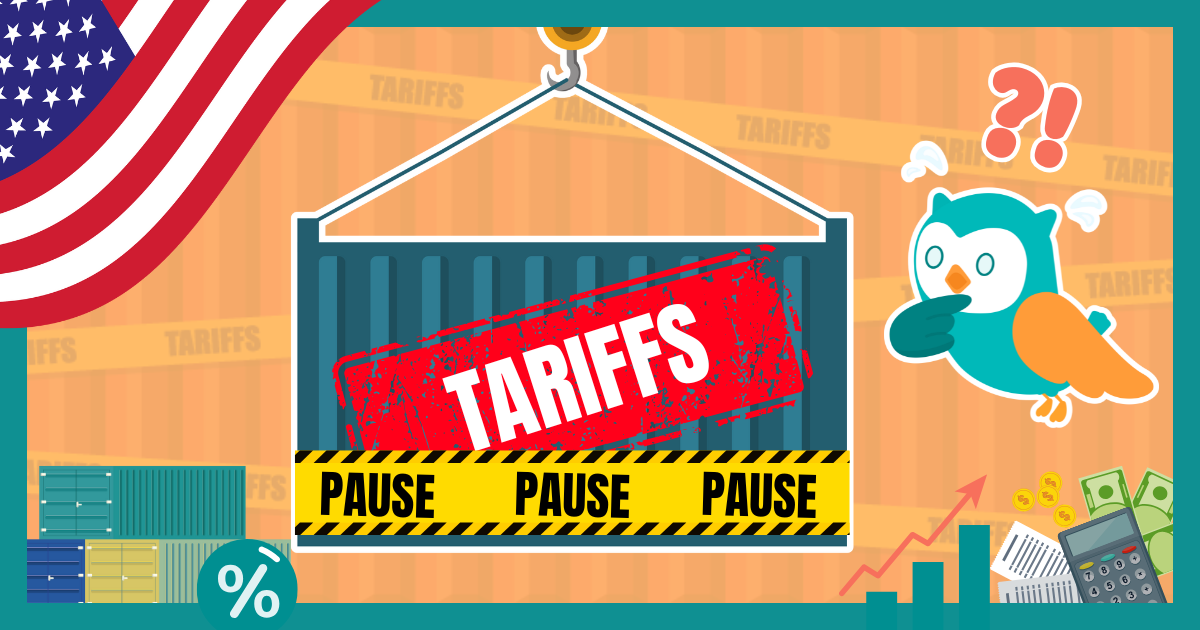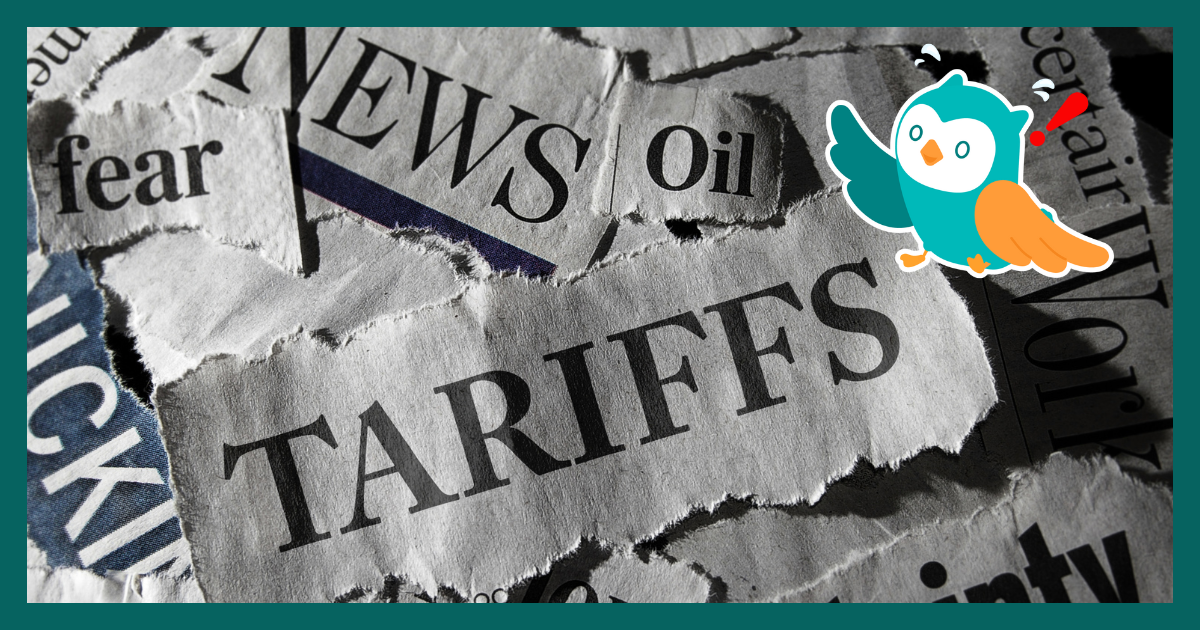Note: It was announced in November 2023 that MoneyOwl will be acquired by Temasek Trust to serve communities under a re-purposed model, and will move away from direct sale of financial products. The article is retained with original information relevant as at the date of the article only, and any mention of products or promotions is retained for reference purposes only.
______________
Happy new year! As this is my first letter to you this year, it is longer than usual. Please bear with me as I revisit 2022 and look forward to 2023.
2022: Headwinds On All Fronts
Disciplined investors expect positive, above-inflation returns from the capital markets over the long term. Historically the global stock market had returned around 7% per annum on average. But this doesn’t mean that markets are up 7% each and every year. Sometimes, the year’s returns are higher than average – in 2019, 2020 and 2021, they were up double-digit percentages. But we should expect some down years as well.
2022 was one such down year. At the front of the assault that knocked markets out were inflation and interest rate hikes in developed markets. The forces behind the inflation and rate increases were shocking and unpredictable. No stock market “expert” predicted Russia’s invasion of Ukraine and its impact on energy and food prices, or the timing and extent of inflation highs, or the tumultuous seven weeks of the Truss-Kwarteng government that thrashed the sterling pound. Big Tech, unstoppable titans until recently, suffered huge declines in share prices, and crypto was hammered. China also remained dragged down in growth by its zero COVID policy that persisted until late 2022. All this reminds us that there is wisdom in diversification among sectors and countries and an anchor in assets backed by real economic value-add, as opposed to succumbing to recency bias and gambling all on the latest glittering things that seem to be “sure and quick wins”.
In 2022, the MSCI All Country World Index, representing global equities, was down -18.8% in SGD terms. Bonds were also down in an outlier of a bad year, by -4.6% and -11.5% in the shorter and intermediate ranges, respectively[1], because of the increase in rates and yield.
Bonds: Short-Term Pain for Long-Term Gain
For clients who are invested in portfolios with an allocation to bonds, your portfolio might have been down more than you had expected in 2022. This is because in addition to the stock market decline, bonds also had their worst year in decades on the back of rising bond yields. But bonds remain sound as a risk diversifier and source of above-cash return. Just as stocks normally go up, but not every year, so bonds generally are safer, but there are exceptional periods. It remains that bonds have a long-standing track record, including in high interest rates periods, of being able to moderate the risk of equities. More importantly, the current situation with bonds, while painful in the short term, may be a blessing for the long term. It is not necessarily a bad thing if the period of low bond yields is over, as the total expected return of the bonds would increase over time. If your time horizon exceeds the duration of the bonds in your portfolio, the net impact of getting the higher yield over this time can be positive in overcoming the initial price drop. The way we constructed our portfolios takes this into account: our conservative portfolios have lower duration bonds, whereas those with more equity allocations have longer duration bonds.
From Your Future Self: Well Done in 2022!
Difficult as 2022 was, the down period and the paper decline you are seeing will pass. Ultimately, capital market returns come from the powerful and persistent forces of human enterprise that always recover and push global growth upwards over time. There are well-researched, evidence and logic-backed dimensions of higher return, also known as premiums, to be found in taking equity market risk versus risk-free rates, and in tilting equity portfolios to small caps, value and quality or profitability, and for bonds, to term and credit. The only thing is that those premiums are volatile, so we have to ride through the turbulence to be able to harvest them over the long term. Furthermore, periods of double-digit market decline tend to be followed by periods of strong returns.
What this means is that if you had kept the faith and dollar-cost averaged through a regular savings plan or put some additional dry powder to work as we had advised, what you would have achieved is to buy good assets at lower prices. History tells us that it is in such times when tidy nest eggs, even fortunes, are made. Your future self will likely look back at 2022 one day and say, well done. Indeed, this is a commendable achievement you can be proud of because not all investors, not even institutional ones, can be disciplined enough to stay invested in times of market turbulence.
2023: Stick To Your Plan, Don’t Over-Allocate To Cash
And what of 2023? There could be some pain yet, if inflation stays high, causing central banks to continue hiking rates. But it could also be a year when the China re-opening and lower valuations bring money back into equity markets. The stock market is a leading indicator, and an upturn happens ahead of economic fundamentals by as much as half a year or more, we just can’t forecast when or how. Amid the uncertainty, it would be wise to focus on what we can control and understand what works for us. As long as your time horizon has not changed, it really does not matter whether 2023 is another down year. If markets decline more, then it is a good year for picking up even cheaper securities for a larger long-term gain. If it recovers, and it might well recover strong, you would want to be invested and not miss out. What we do know is that holding onto too much cash, is unlikely to help you achieve your long-term goals to beat inflation. The much more reliable path is to stick to your plan, according to your need, ability and willingness to take risk.
With warmest regards,

Chuin Ting Weber, CFP®, CFA, CAIA
CEO and Chief Investment Officer
MoneyOwl

Consider parking your emergency funds in MoneyOwl’s WiseSaver, a cash management account now at an attractive gross yield of 4.12% p.a. (5-day moving average as of 3 November 2023).
Footnotes:
[1] These are the returns of the FTSE World Government Bond Index 1-5y and the Bloomberg Barclays Global Aggregate Bond Index, both hedged to SGD.
Disclaimer:
While every reasonable care is taken to ensure the accuracy of information provided, no responsibility can be accepted for any loss or inconvenience caused by any error or omission. The information and opinions expressed herein are made in good faith and are based on sources believed to be reliable but no representation or warranty, express or implied, is made as to their accuracy, completeness or correctness. Expressions of opinions or estimates should neither be relied upon nor used in any way as indication of the future performance of any financial products, as prices of assets and currencies may go down as well as up and past performance should not be taken as indication of future performance. The author and publisher shall have no liability for any loss or expense whatsoever relating to investment decisions made by the reader.




